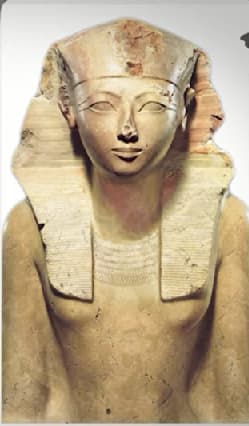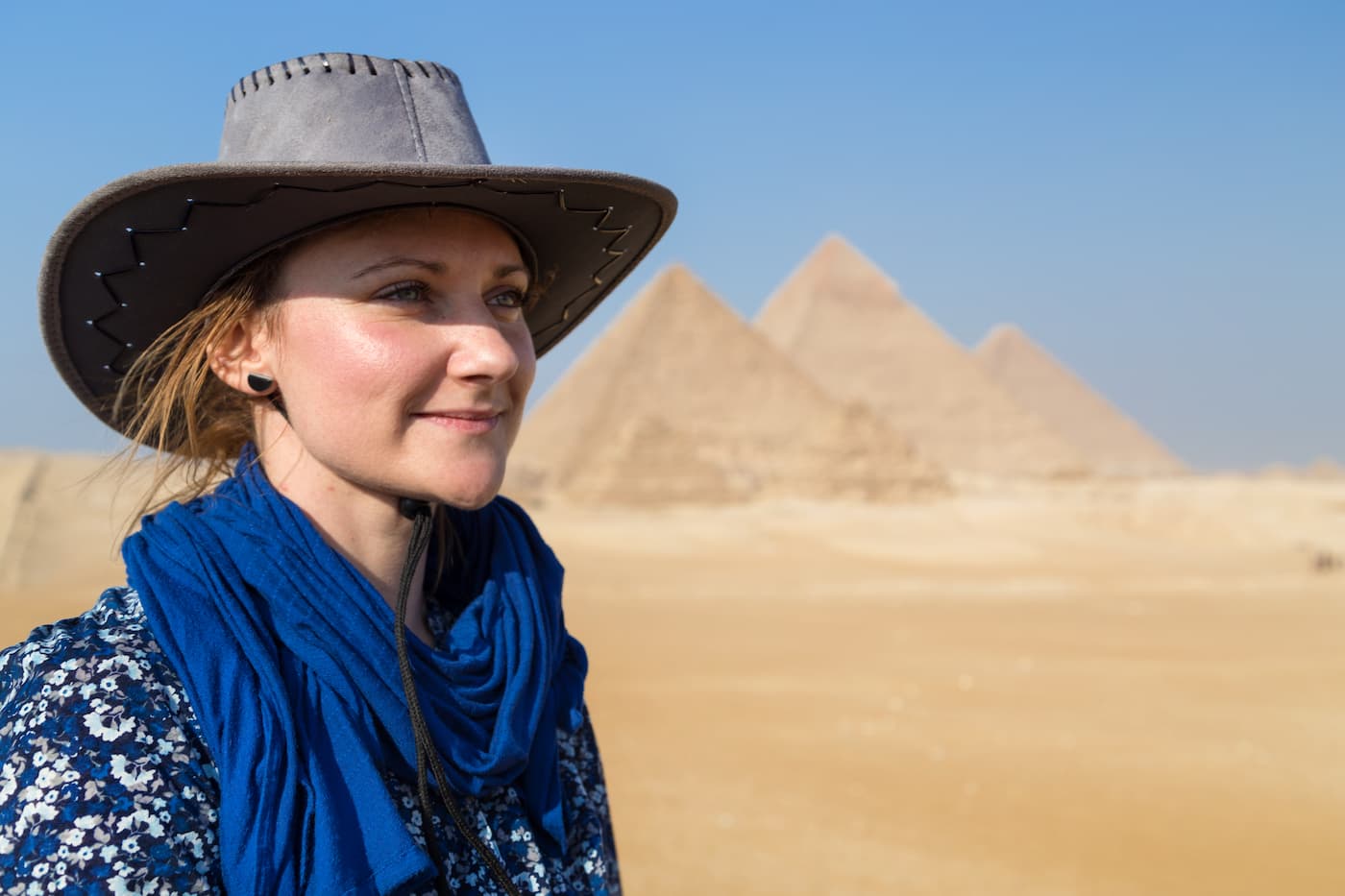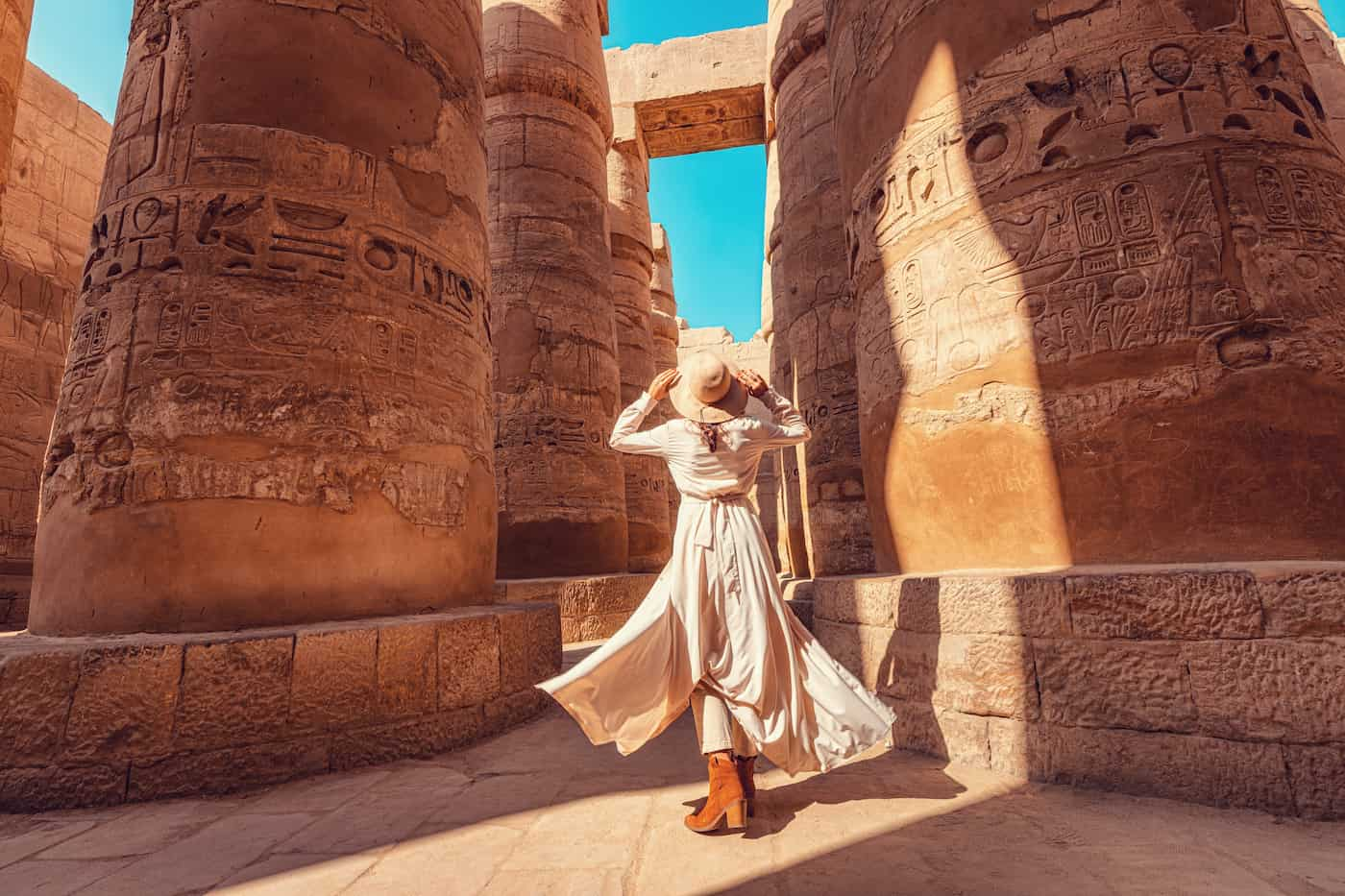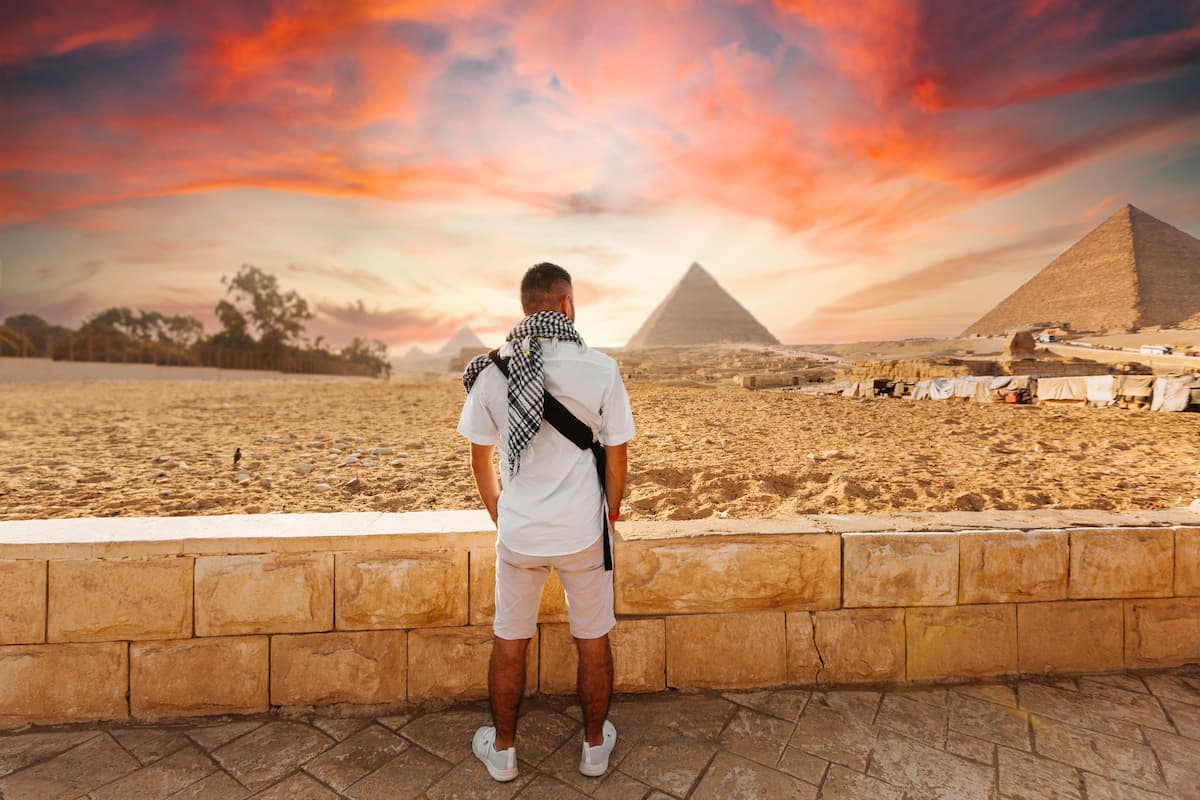King Thutmose II
Family of King Thutmose II

Thutmose II was the child of Thutmose I and Mutnofret, his minor wife. He might have wed Hatshepsut, his full royal half-sister, to cement his throne. His forces put an end to uprisings in the Levant and Nubia and routed a band of nomadic Bedouins. However, rather than Thutmose II himself, the king’s generals were in charge of these campaigns. This is sometimes cited as proof that Thutmose II was still a kid when he assumed the throne. Before his death, Thutmose II fathered two male heirs: the legendary 10 Important Facts About King Thutmose III (egyptunitedtours.com)with a lesser wife named Iset and Neferure with Hatshepsut.
According to some archaeologists, Hatshepsut presided over Thutmose II’s empire with actual clout. She claimed that because their domestic and foreign agendas were identical, her father intended them to rule together. She can be seen in a number of scenes from a Karnak gateway from Thutmose II’s reign, both with her husband and by herself. Several years into the reign of her husband’s youthful successor Thutmose III, she later had herself crowned Pharaoh. The boy king’s name was really changed by the queen’s agents to her own cartouches on the doorway in a few locations.
The 13-year rule of Thutmose II was recorded by the ancient historian Manetho. Scholars strongly disagree with this number. Some contemporary historians think he only held power for three years.
Achievements of king Thutmose II
The majority of pharaohs are recognised for the numerous monuments and structures they erected. Hatshepsut, however, had his name changed to her own and replaced it. Thutmose III ordered the inscription of Thutmose II’s name on numerous monuments. This makes it challenging for those researching Thutmose II to understand what he actually produced.
At Semna, Kumma, and Elephantine, there are still a number of the king’s buildings that were constructed. His largest structure was a limestone doorway at Karnak that formerly stood in the forecourt of the Fourth Pylon. However, Thutmose II’s son Thutmose III‘s rule saw the completion of this monument. This indicates that Thutmose II’s reign was not long. Amenhotep III later tore down the gateway and used its components to lay the Third Pylon’s foundation.
There was a Kush uprising when Thutmose II became king. The Thutmose I fort was where the Egyptians went into hiding. Thutmose II dispatched an army into Nubia despite being too young to engage in combat. The military generals of his father helped put an end to the uprising quickly.
In the Sinai, Thutmose appears to have engaged in combat with the Shasu Bedouin. Although it was only a small raid, the troops travelled as far as Syria or Upper Retenu. This may suggest that the operation against the Shasu was only engaged in while travelling to Syria.
Mummy of king Thutmose II

The The mummy of King Thutmose II – Discover Egypt’s Monuments – Ministry of Tourism and Antiquities (egymonuments.gov.eg)of Thutmose II was found in the Deir el-Bahri cache in 1881. Along with Ramesses I, Seti I, Ramesses II, and Ramesses IX, he was buried in a tomb with other 18th and 19th century monarchs such Ahmose I, Amenhotep I, Thutmose I, and Thutmose III.
On July 1, 1886, Gaston Maspero uncovered the mummy. The mummy of Thutmose I, who was most likely his father, had a face and head shape extremely similar to this baby’s. Ancient tomb raiders severely ruined Thutmose II’s body. His right arm was severed below the elbow, his left arm was severed below the shoulder, and the forearm was severed at the elbow. Much of his chest and his abdomen appeared to have been attacked by an axe.
The right leg of his body had been severed. All of these wounds had developed after his passing. The deceased also bore evidence of Thutmose II’s difficult life.
When he succumbed of an illness that the procedure of embalming could not eradicate the signs of, he had hardly turned thirty. The body is small and somewhat shrunken, and appears to have lacked vigour and muscular ability. The skin is patchy scabrous and covered in scars, and the top of the skull is bald.













